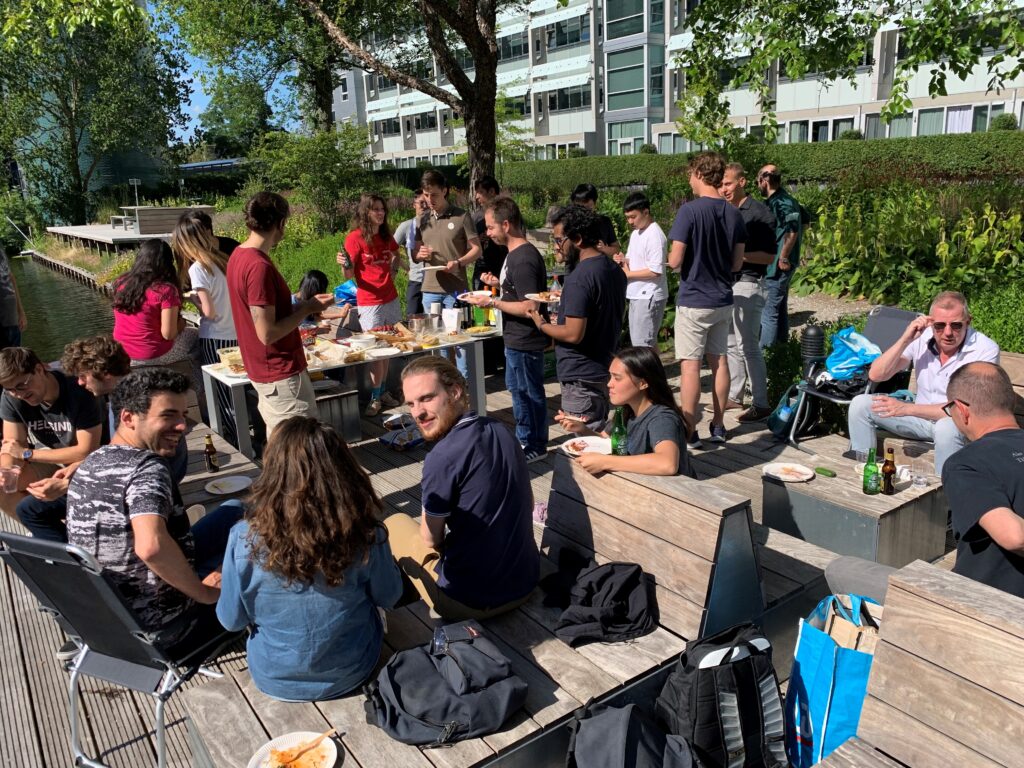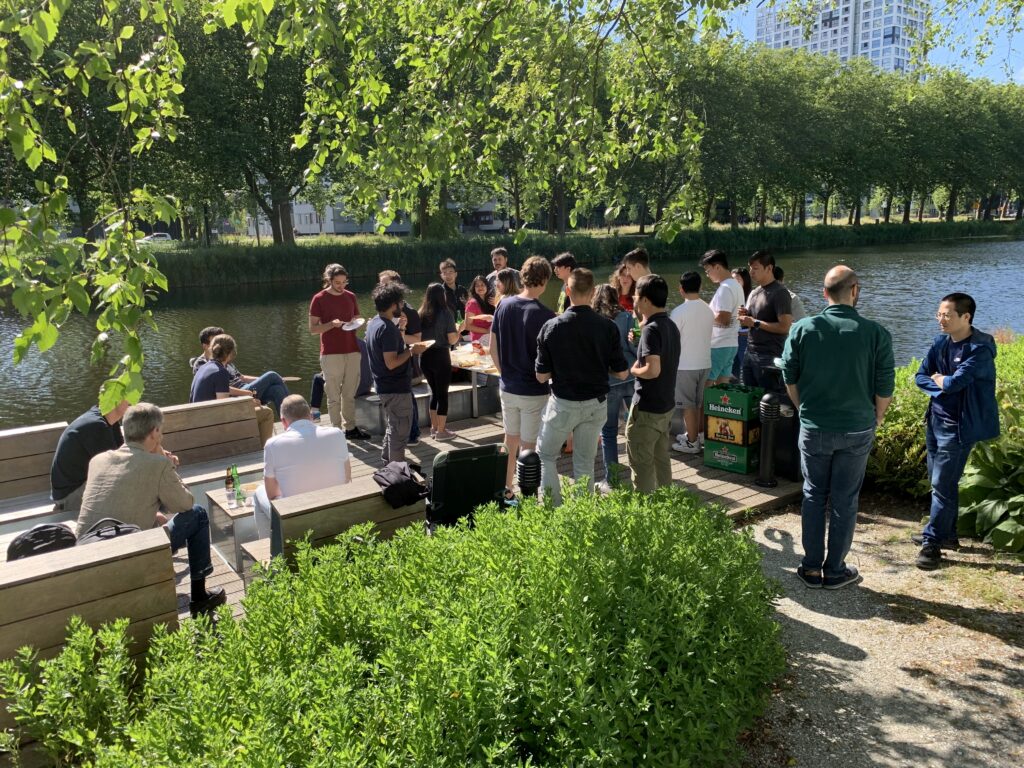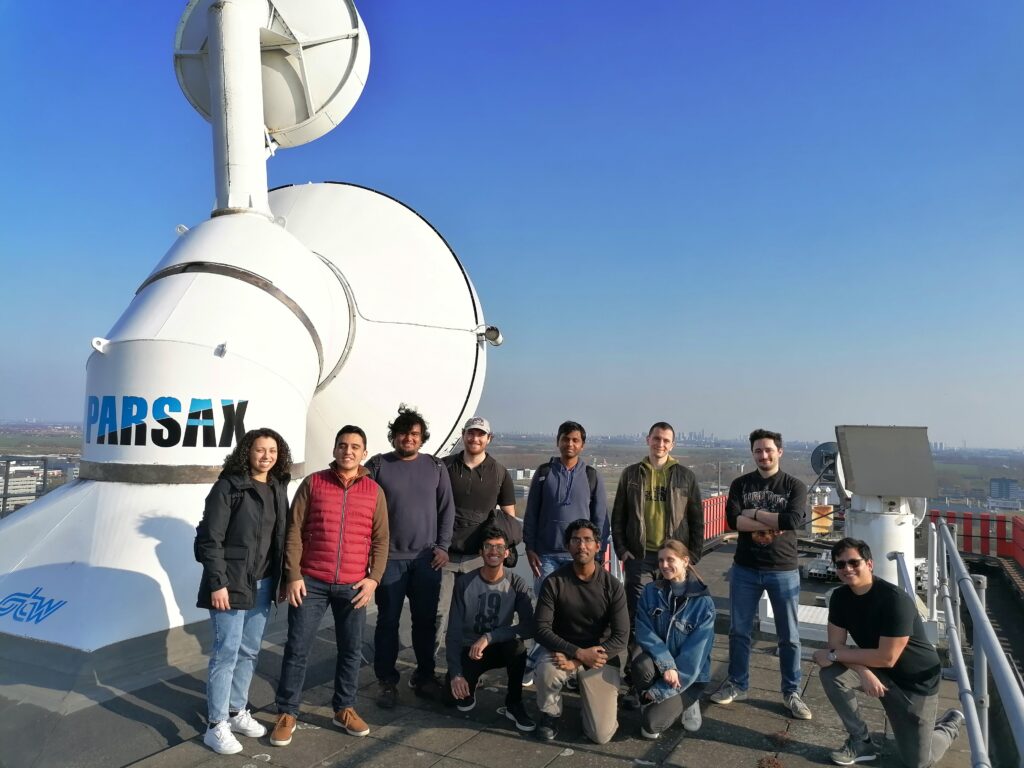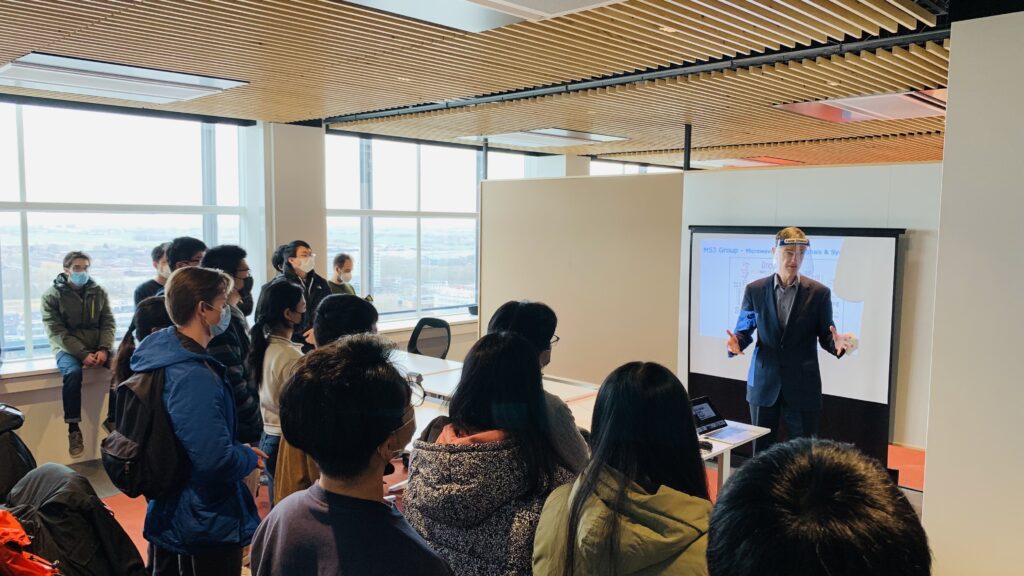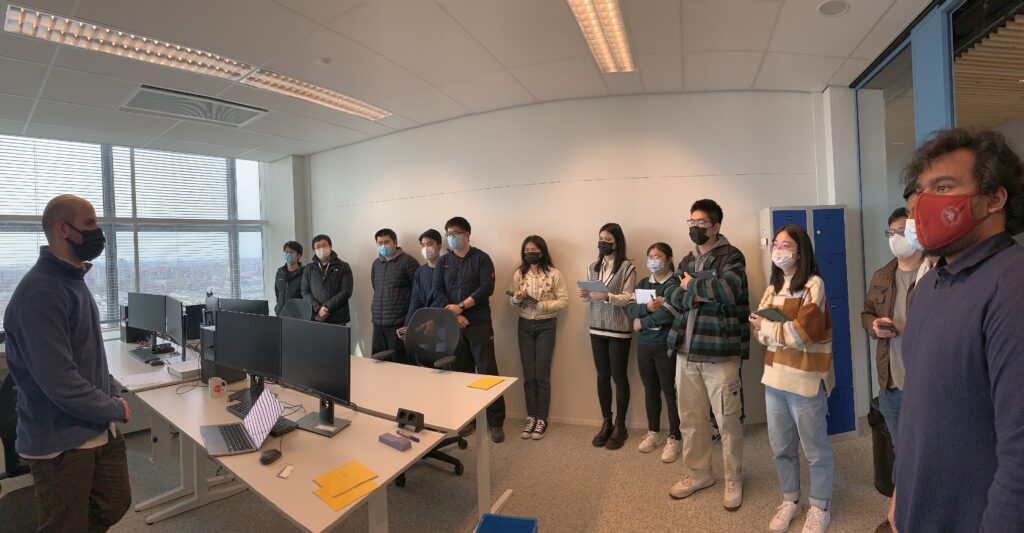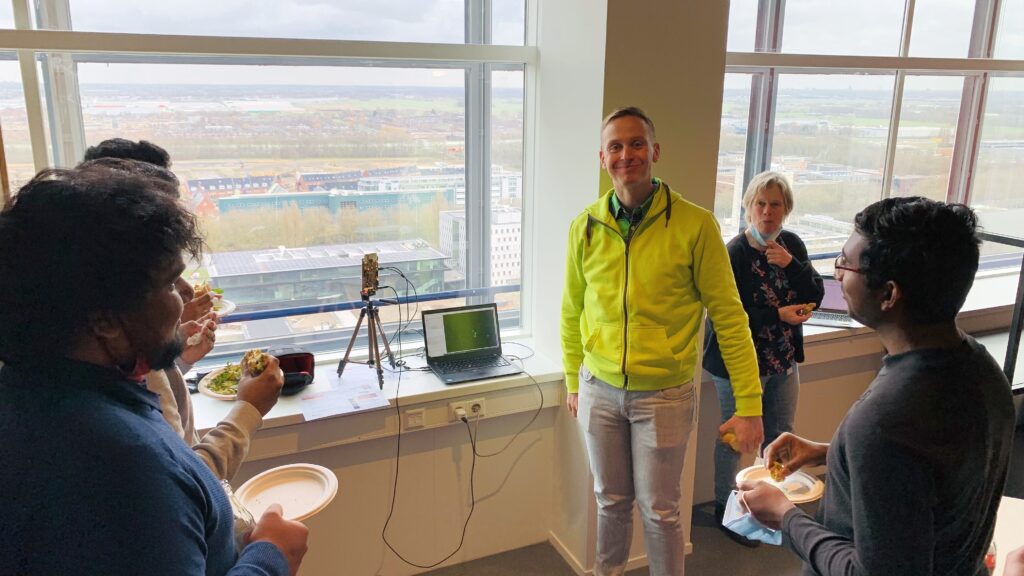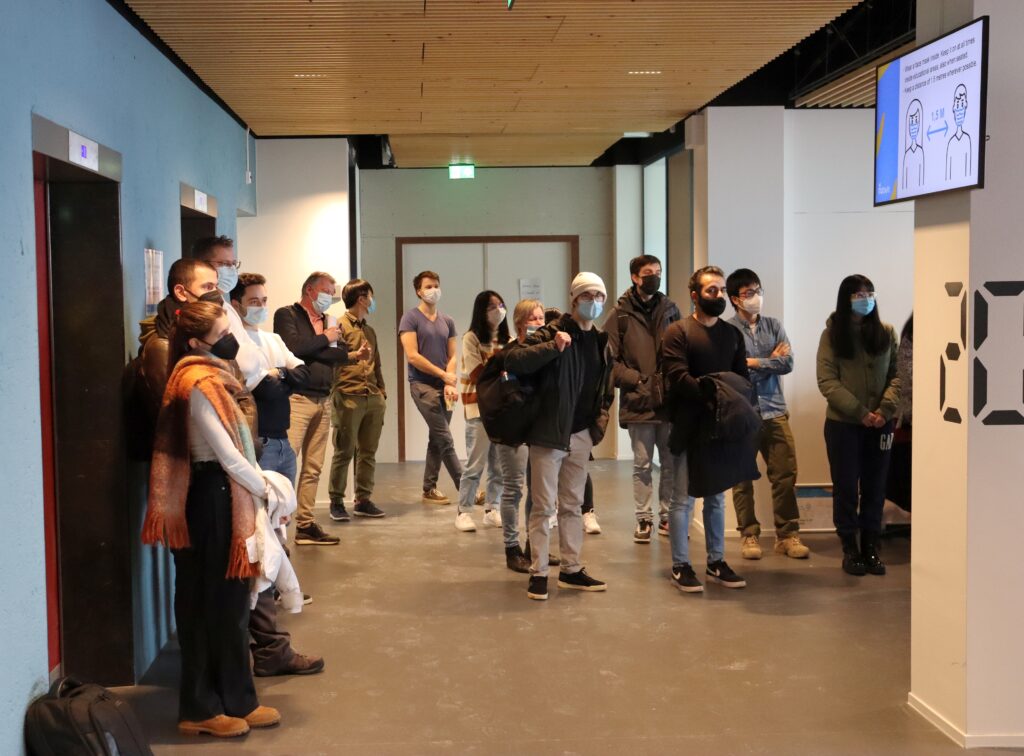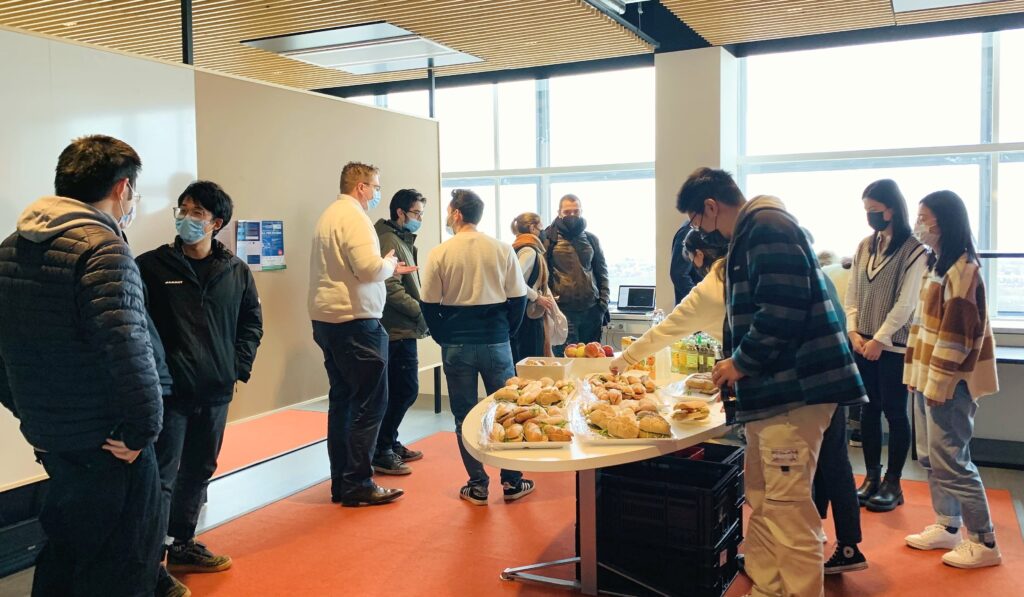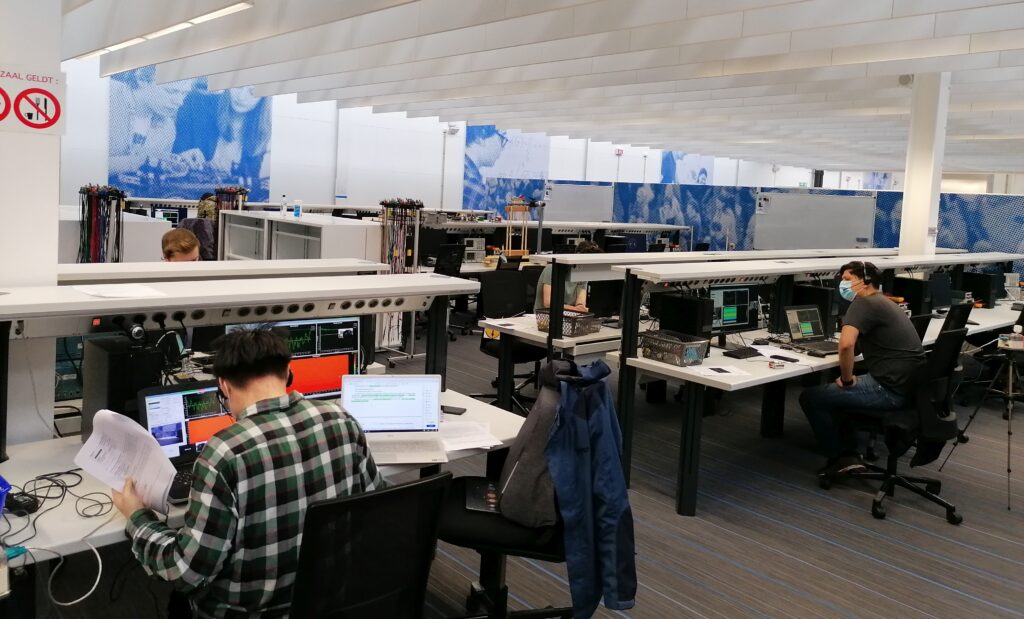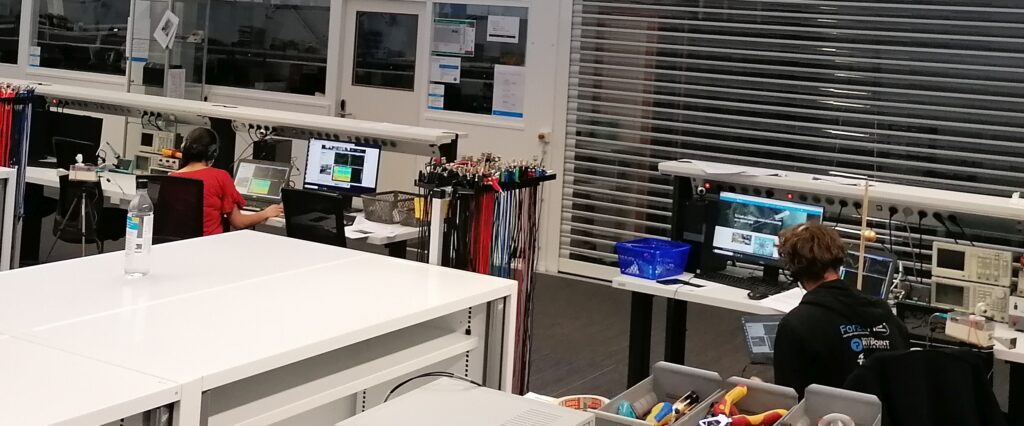
Blog Archives
Our paper in Remote Sensing journal
Rohde & Schwarz eGuide: Radar and Electronic Warfare
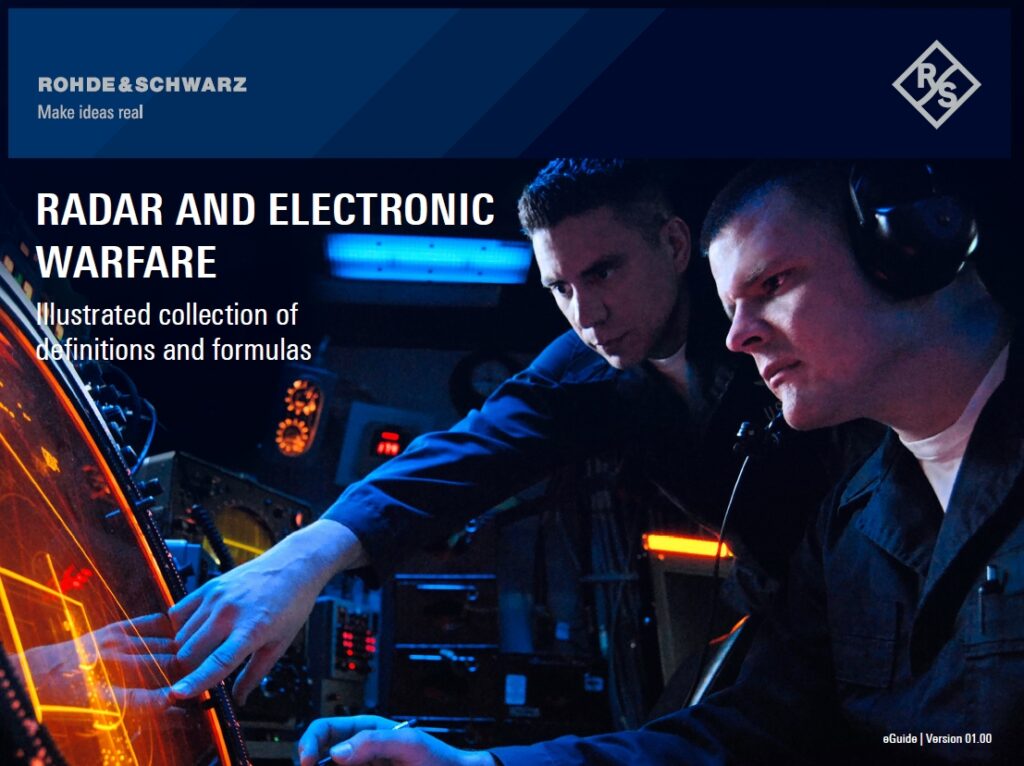
Our formed MSc student Marc Vizcarro i Carretero, who is working now as an Antenna Design Engineer in the Active and Passive Antenna Engineering at HENSOLDT Sensors GmbH, Ulm, Germany send us this eGuide:
This pocket guide brings great memories from my studies with you! Enjoy and hope I can see you soon.
The First Prize in Young Scientists Contest at the 2022 International Radar Symposium in Gdansk, Poland
The MS3 group is glad to inform you that during the 10th MICROWAVE & RADAR WEEK in Gdansk, Poland our former MSc student Detmer Bosma won the First Prize in the Young Scientists Contest at the 2022 International Radar Symposium with the article “Polarimetric Signatures on Moving Automotive Vehicles Based on the H/A/α-Decomposition” and an excellent presentation about the main results of his MSc thesis project, which were done under the supervision of dr. O. Krasnov and prof. A. Yarovoy, and successfully defended in November 2021 !!!
Congratulations, Detmer!
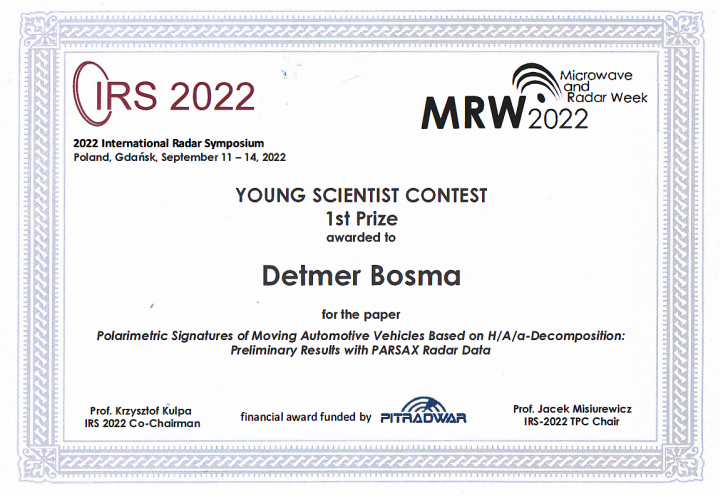
Book Multisensor Data Fusion and Machine Learning for Environmental Remote Sensing
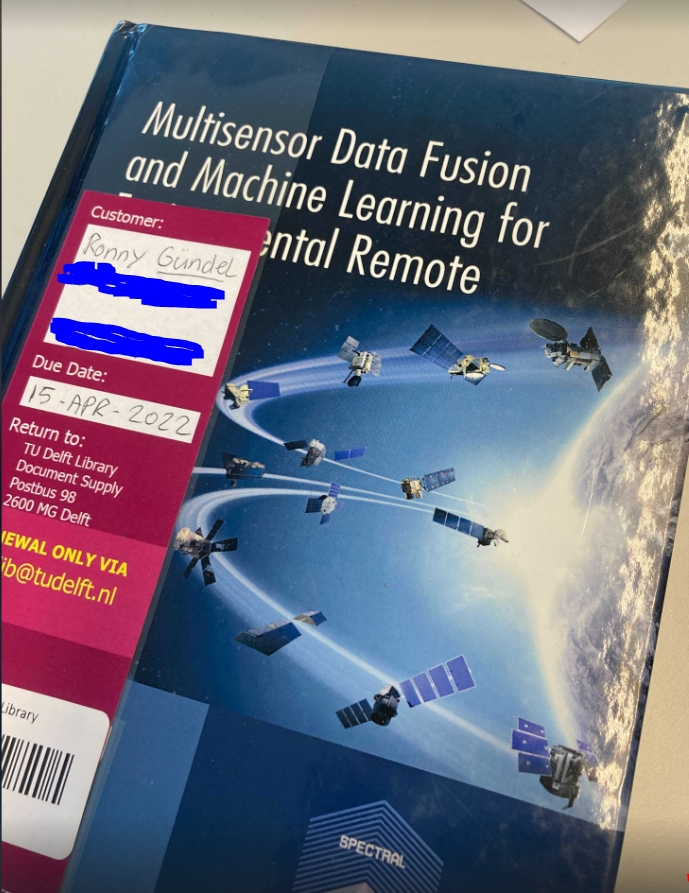
Message from Ronny: I borrowed the book from the library and won’t use it the next time. In case, someone is interested in the topic the book will be with Francesco. Please feel free to pick it up and skim through it.
It is a nice book for people interested in sensor fusion, whereas not too technical, but with good references listed.
Best, Ronny
A few links for MSc students working on their literature review
I wrote down a few bullet points that might be useful for MSc students working on their literature review and I want to share them.
A few things that might be interesting for you as a student working on a literature review.
(1) Please don’t read the whole paper in detail.
Abstract, partly the introduction, conclusions, and have a look at figures – and if so, a few interesting sections, and subsections.
The links explain that nicely:
https://bitesizebio.com/11060/how-to-read-a-scientific-paper/
https://www.youtube.com/watch?v=IeaD0ZaUJ3Y
(2) make a literature-review-table such that you can (a) easily go back to the papers, (b) cite them quickly. Also, please think carefully about the columns of the table (methods, used radars, frequency bands, participants, classes in the dataset, etc. pp.).
(3) If you are writing: Please don’t make it fancy in the first instance — What do I mean? Don’t tweak word-by-word and stuck too long on certain paragraphs. Write the sections up; Then, tweak the paragraphs afterward, if you are sure that the section remains forever; sometimes paragraphs get changed or removed later, then all the final tweaks were useless.
https://youtu.be/UY7sVKJPTMA
Best regards,


